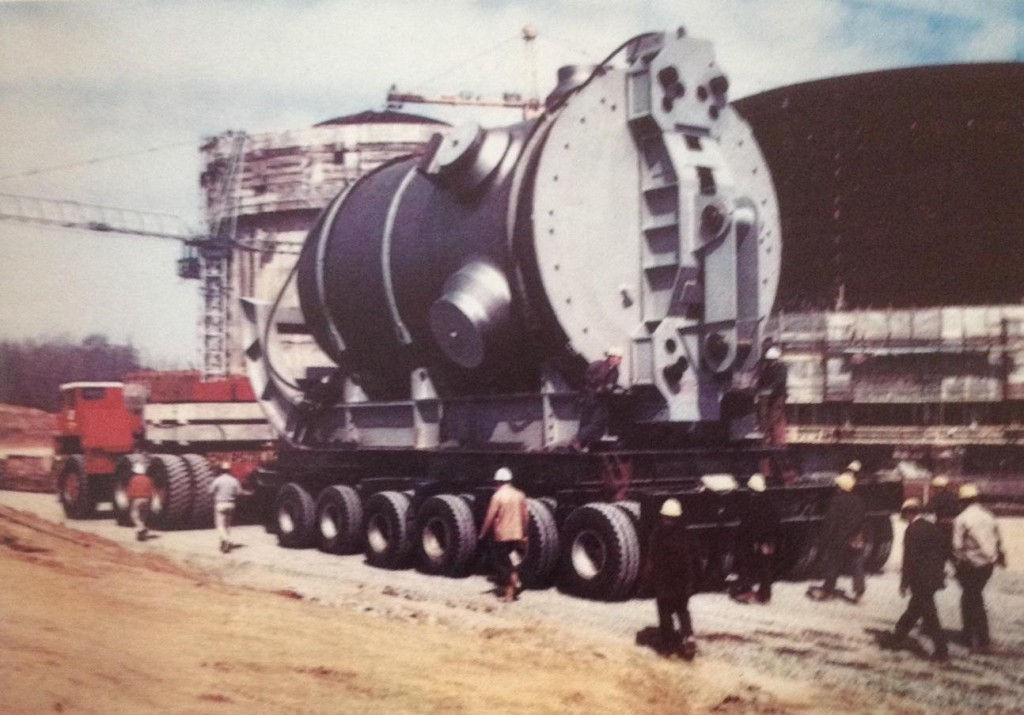Representatives of Urenco, the United Kingdom, the United States, Germany, the Netherlands, and the IAEA gathered at Urenco’s Capenhurst site. (Photo: Urenco)
Uranium enricher Urenco welcomed representatives from the International Atomic Energy Agency to an August 19 event to mark the creation of an IAEA Centre of Excellence for Safeguards and Non-Proliferation at its Capenhurst, England, site. Representatives of the three nations with ownership stakes in Urenco—the United Kingdom, the Netherlands, and Germany—were joined by representatives from the United States, where Urenco also operates an enrichment plant. Urenco expects the new center to be fully operational in 2025.
A technical collaboration agreement was signed by (seated from left) Jay Wileman, GEH; Jeff Lyash, TVA; Ken Hartwick, OPG; and Rafał Kasprów, SGE; and was observed by dignitaries and an audience both in-person and online. (Photo: TVA)
“I’m glad you came to our party!” said GE Hitachi Nuclear Energy (GEH) chief nuclear officer Nicole Holmes as she prepared to announce that Wilmington, N.C.–based GEH will develop a standard design for its BWRX-300 boiling water small modular reactor with not one but three power producers representing three countries: Tennessee Valley Authority (TVA), Ontario Power Generation (OPG), and Synthos Green Energy (SGE). Celebration was a theme throughout the March 23 event held in Washington, D.C., which was flush with dignitaries representing the United States, Canada, and Poland.
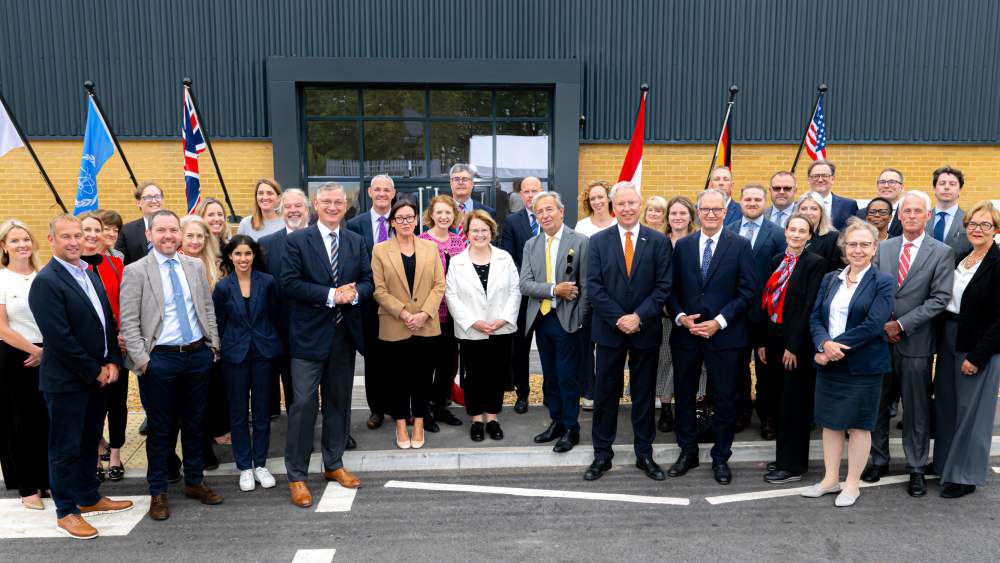



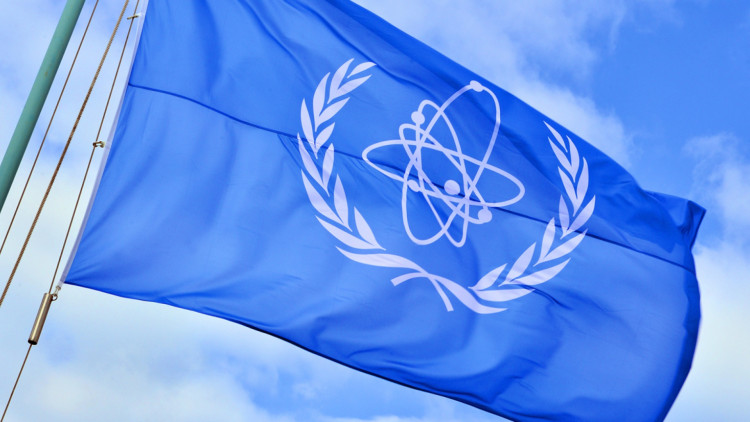

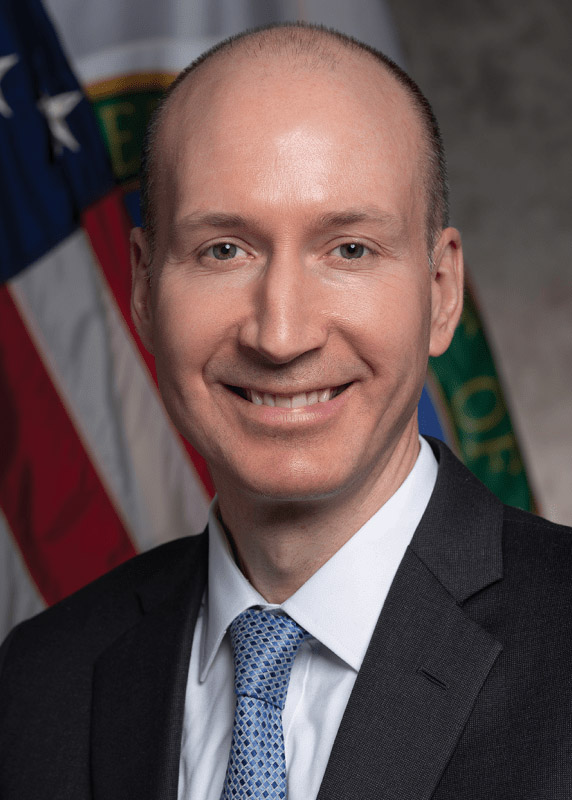


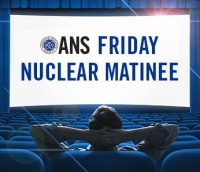
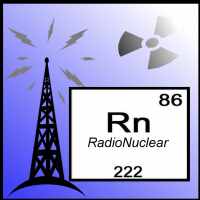 Welcome to the New Year! Even though I am on the road, there is just so much happening lately in nuclear I could not pass up the opportunity to talk about it!
Welcome to the New Year! Even though I am on the road, there is just so much happening lately in nuclear I could not pass up the opportunity to talk about it! 